-
-
-
-
-
Currency
living
Set The Mood: 3 Brands Keeping Your Candles Natural And Fossil Fuel–Free


Candles: our go-to object in times of ambient need.
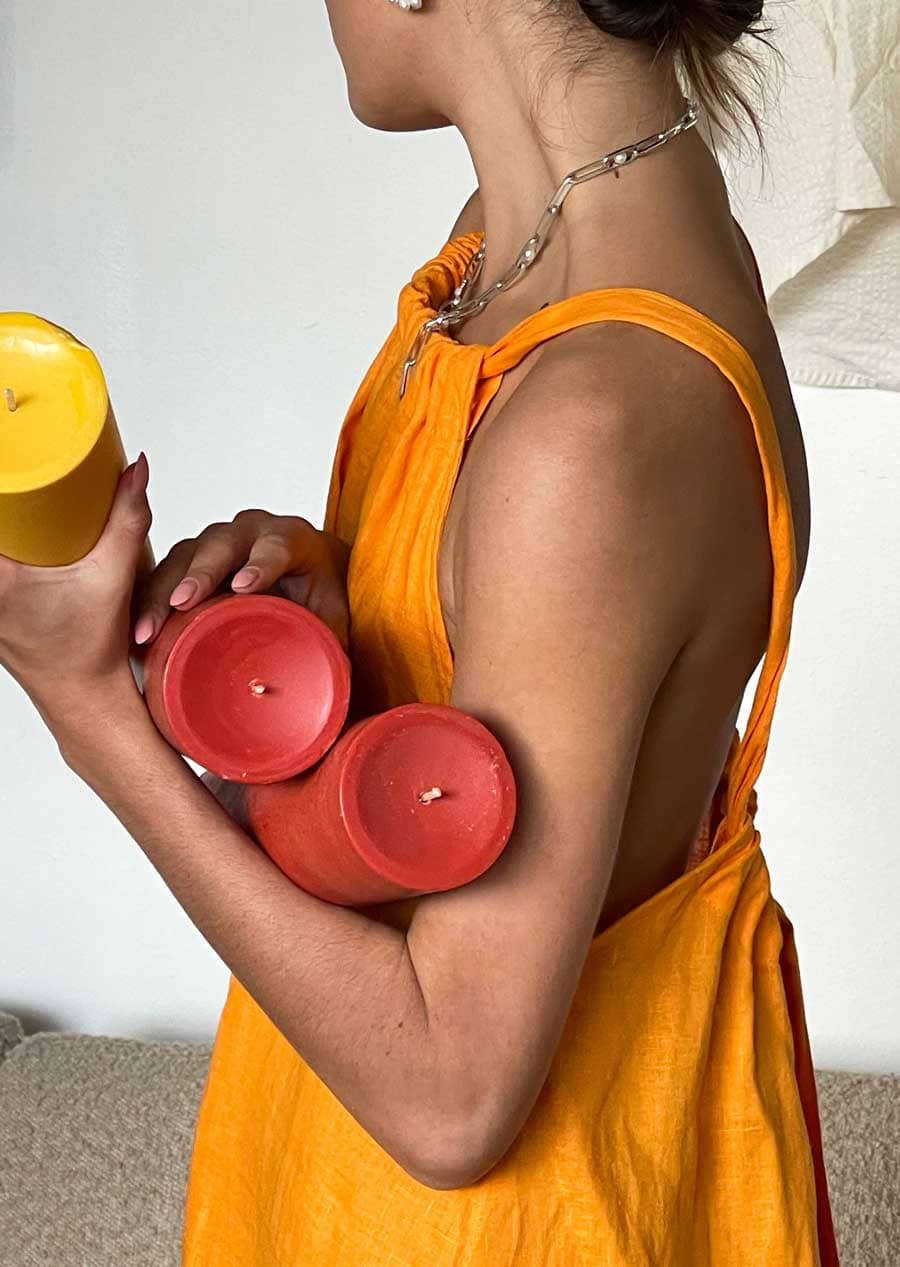
Documented By: RIISE
Candles: our go-to object in times of ambient need.
But for all their atmospheric benefits, candles aren’t always great for the environment (or people).
The dark side of candles
Humans have been using candles for over 5,000 years. Originally, we were making them out of natural products like animal fat and beeswax. But after the Industrial Revolution brought new manufacturing processes, those ingredients were replaced with petroleum by-products.
These days, most of the candles you see in stores and supermarkets have been made from petroleum-based paraffin wax. This material is a by-product of oil refining (or the oil purification process). In addition to being derived from fossil fuels, paraffin wax also releases toxins into the air when burning or melting (two of which are carcinogens).
The wicks of candles can also be problematic if they’re made from lead or metal as these materials release toxic emissions while burning (though lead core wicks are now banned in the United States and Australia). And, if a candle is scented, it likely contains synthetic fragrances that are made from petrochemical derivatives.
Are candles cancelled?
Are candles cancelled?
Not quite – there are natural alternatives that don’t use petrochemicals. Soy wax and beeswax are more sustainable options than paraffin wax as they’re made from natural, biodegradable ingredients. But we’ll caveat that with the fact that the soy industry doesn’t have the best environmental track record and beeswax sourced from larger-scale, commercial industries can be detrimental to bee colonies.
There are also challenges with making candles from 100 per cent natural ingredients. To keep the structural integrity of the candle and to reduce inconsistencies in the way products burn, a lot of brands use a blend of natural wax and paraffin wax. And even when a brand does use 100 per cent natural wax, they will still sometimes use synthetic fragrances.
Escaping fossil fuels entirely is a hard (though not impossible) feat. We are pleased to say that we have discovered a handful of brands making environmentally responsibly products. From geometric table toppers to synthetic-free scents, these are the candles we're happy to burn through.
Chorus
Chorus
Founded by Leah Pedroza, Chorus is a Melbourne-based candle brand that designs cheerful and unique pieces to elevate any space. Think classic pillars in bold colours, tapered candles that make the perfect dining room centrepiece and checkerboard patterns that will become the standout of any room of the house, be it the bedroom or bathroom.
Leah uses a range of natural ingredients like soy wax and native Australian beeswax to make Chorus’s candles, hand dying and pouring each one in her Melbourne studio.
Blazed Wax
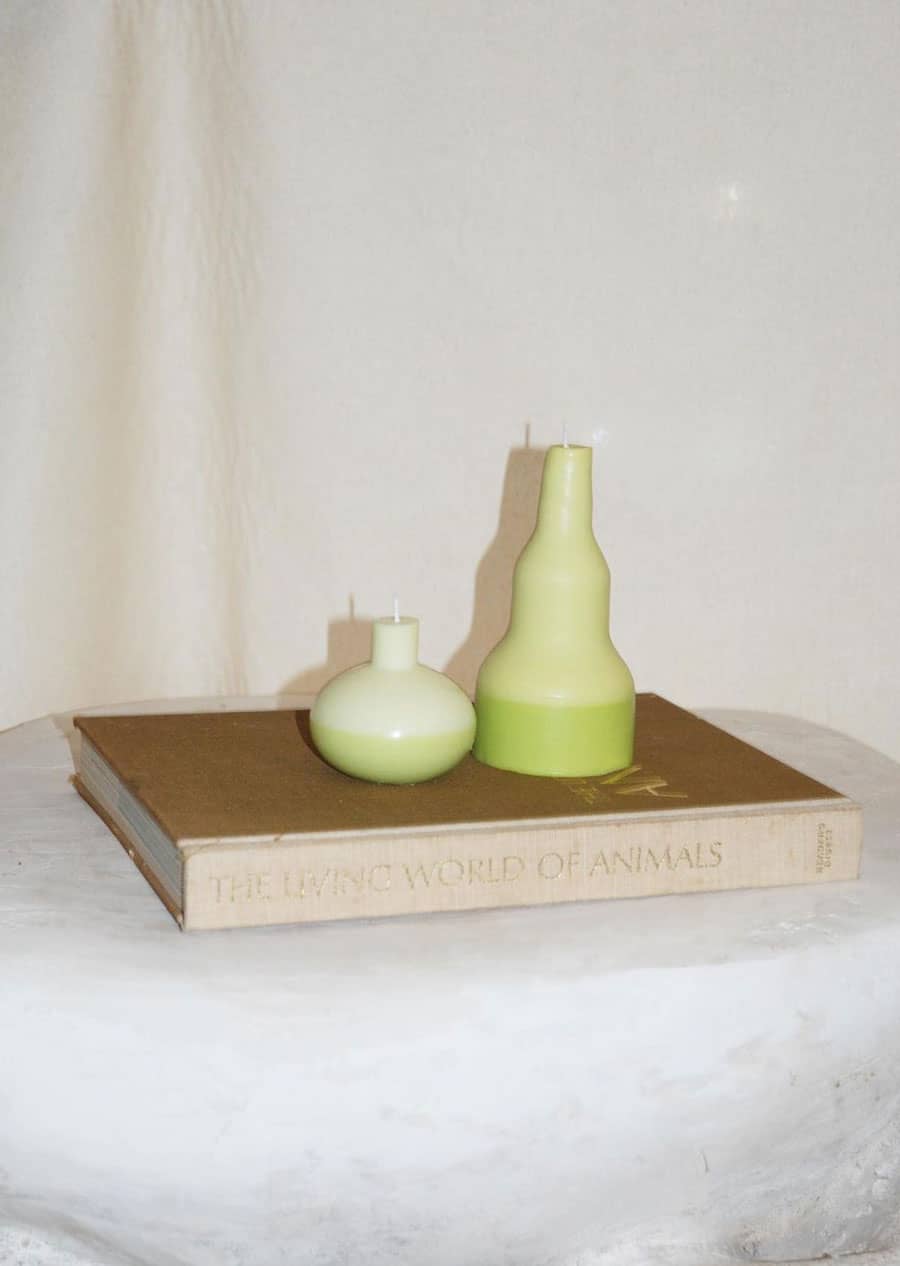
Documented By: @blazedwax
Blazed Wax
Melbourne friends Ruby Kannava and Emma Cutri are the women behind creative candle brand Blazed Wax. The friends-turned-business-partners kicked off their company during lockdown, selling out their first collection of bright and playful pieces in a matter of hours.
It’s easy to see why these candles are so popular: the sculptural forms, which are made from 100 per cent soy wax and crafted using custom-made moulds, are as fun as they are functional.
Váhy
Documented By: @vahy.co
Váhy
Váhy is a fragrance house that makes perfumes and candles from 100 per cent natural and cruelty-free ingredients. Its scented candles, which have a 40 hour burn time, are free from synthetic ingredients and housed in the brand’s signature black glass vessel. There are two scents to choose from: Desert Nōmad, a tropical and summery blend with notes of patchouli, sandalwood and bergamot. Or Ember Haze, a rich and warming scent balanced by aromatic amber and cardamon that will remind you of cosy nights spent in front of the fireplace.
SHOP THE STORY
View All (15)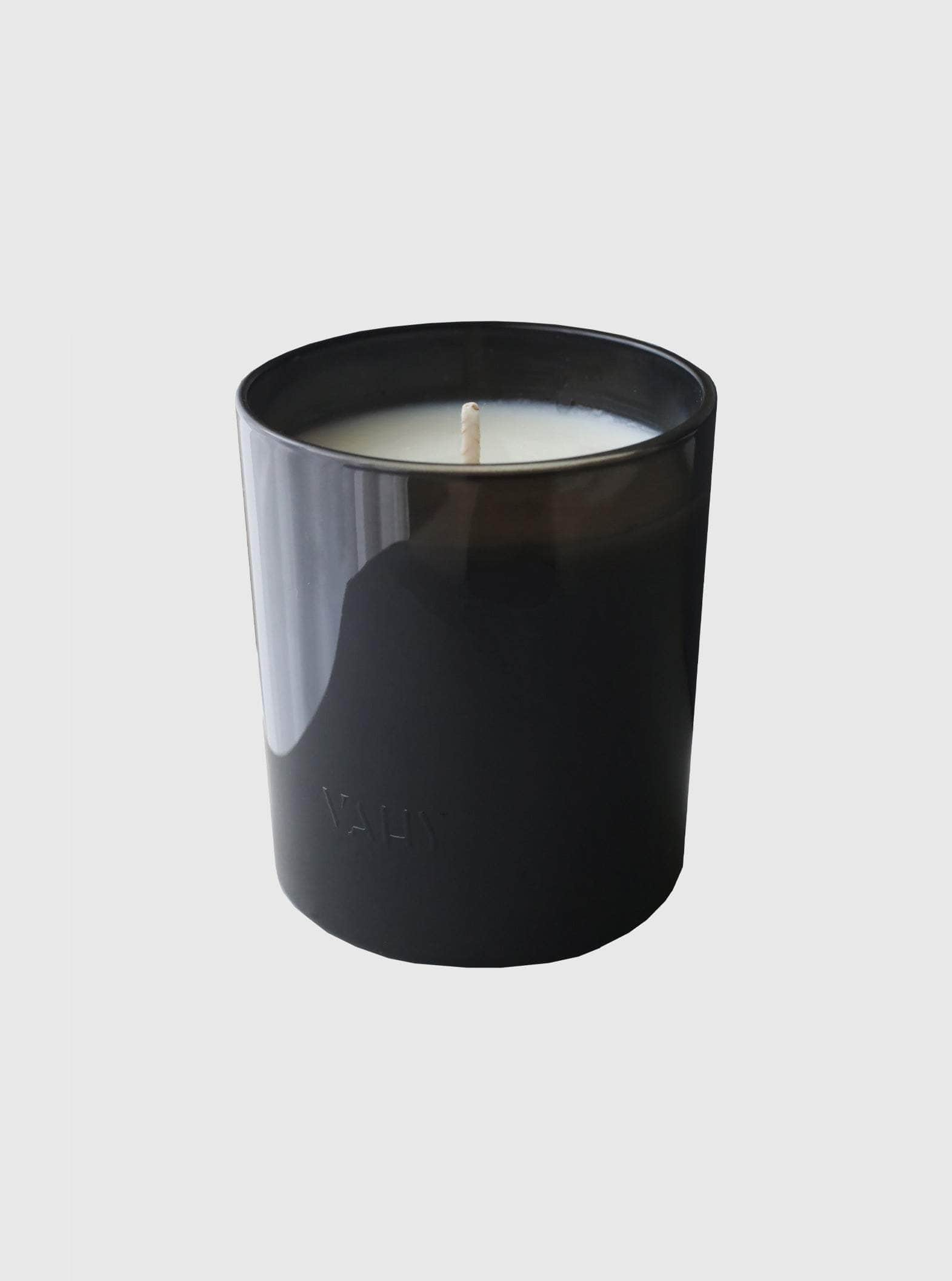
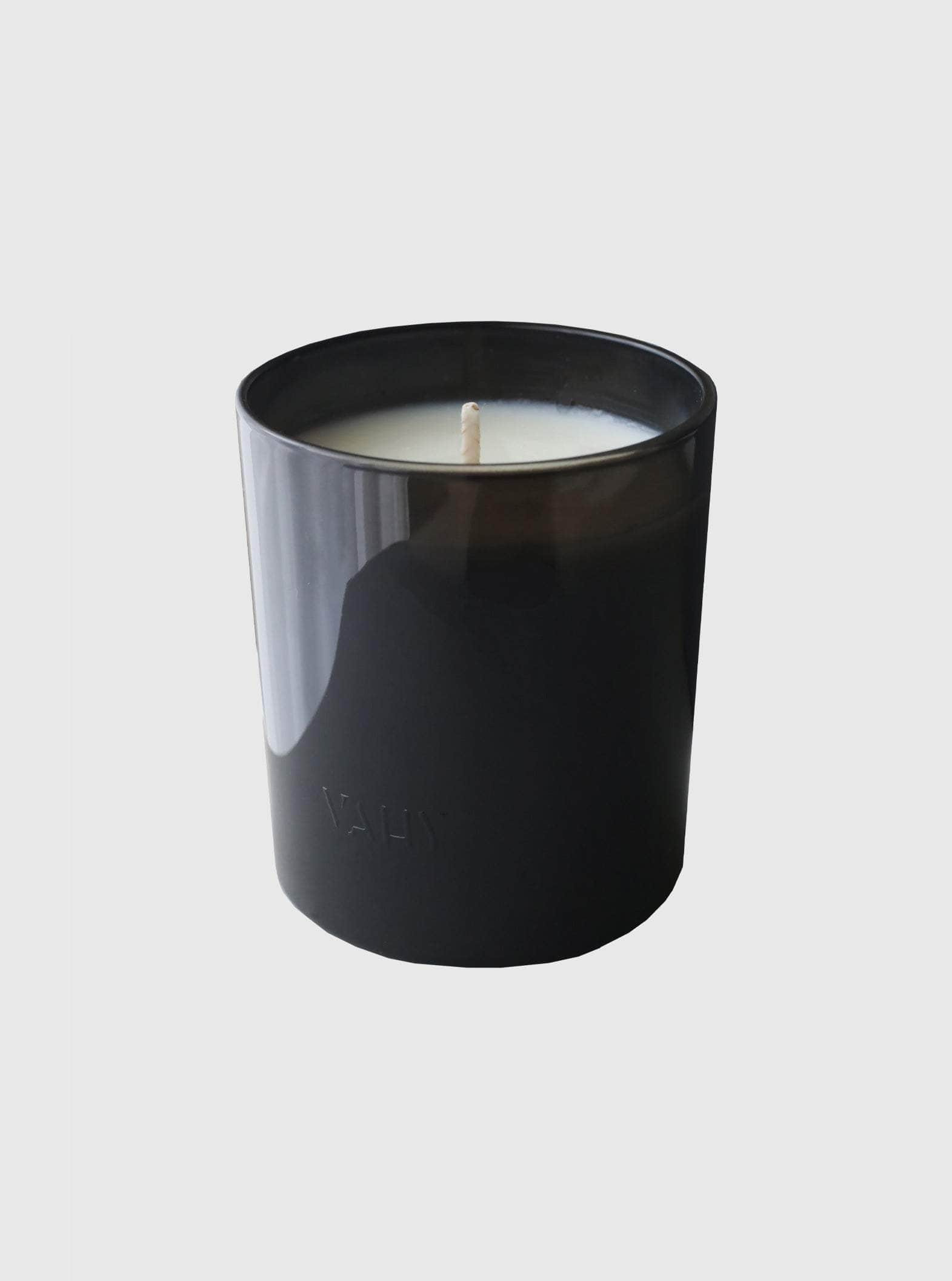
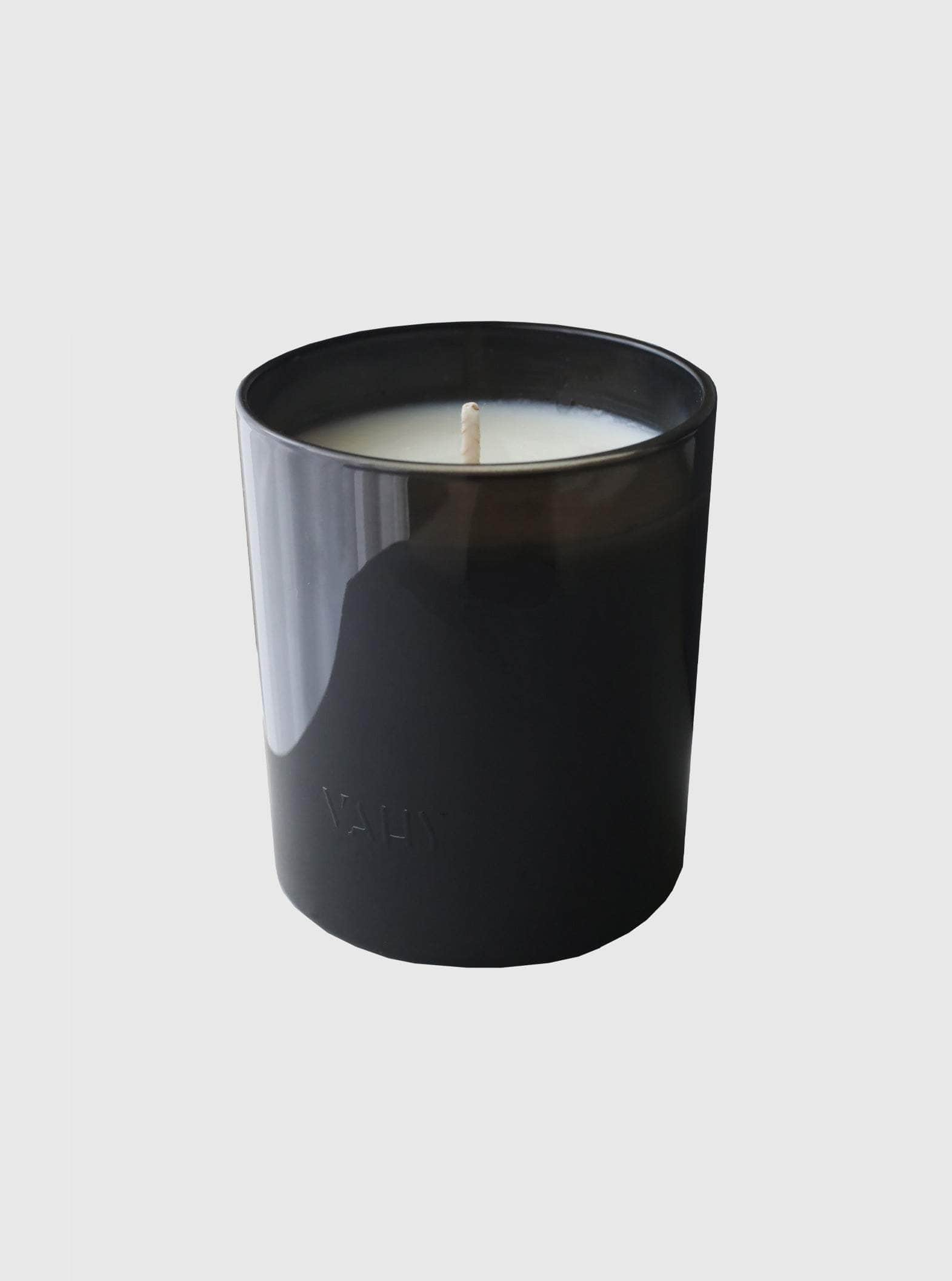
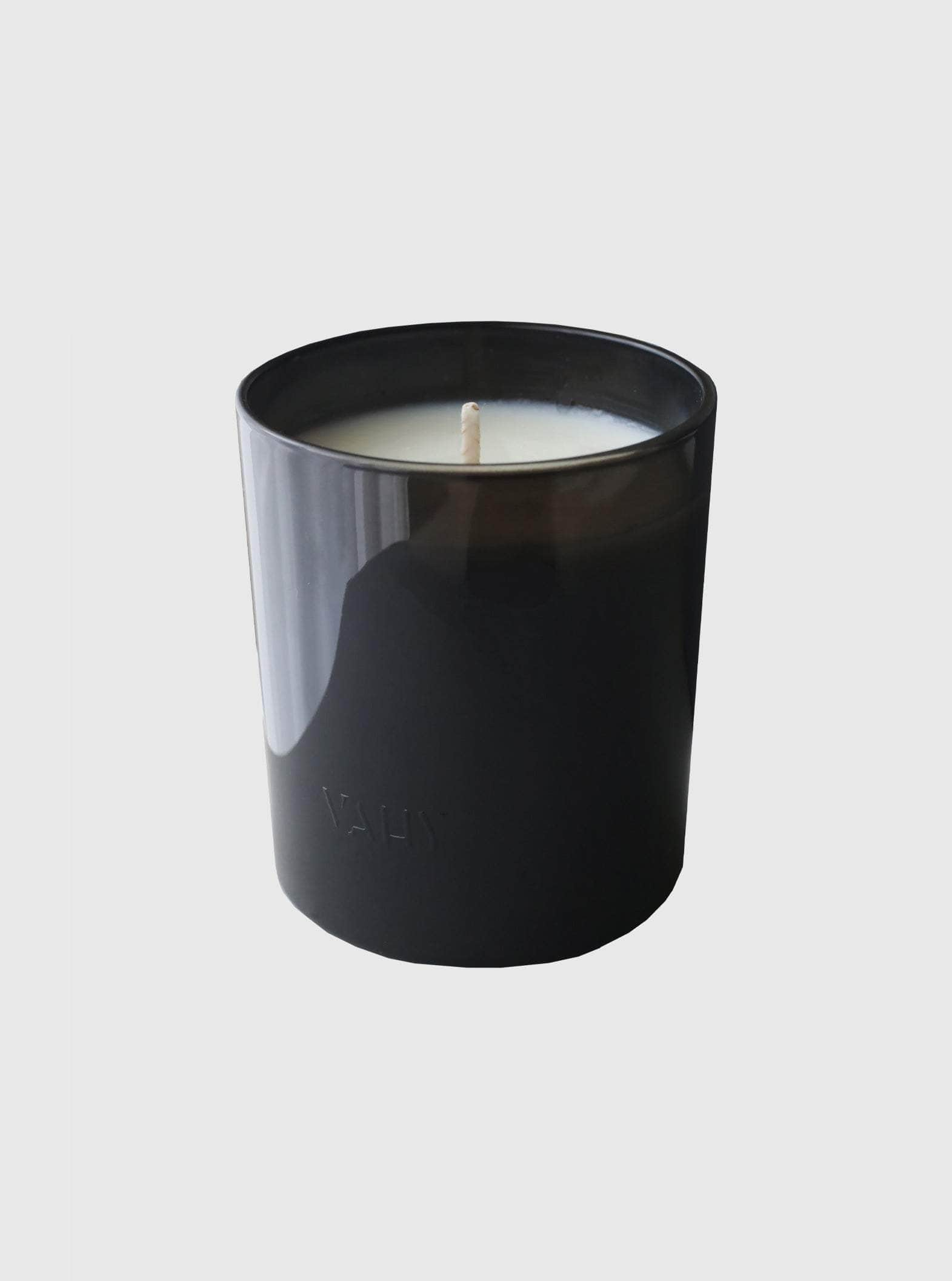
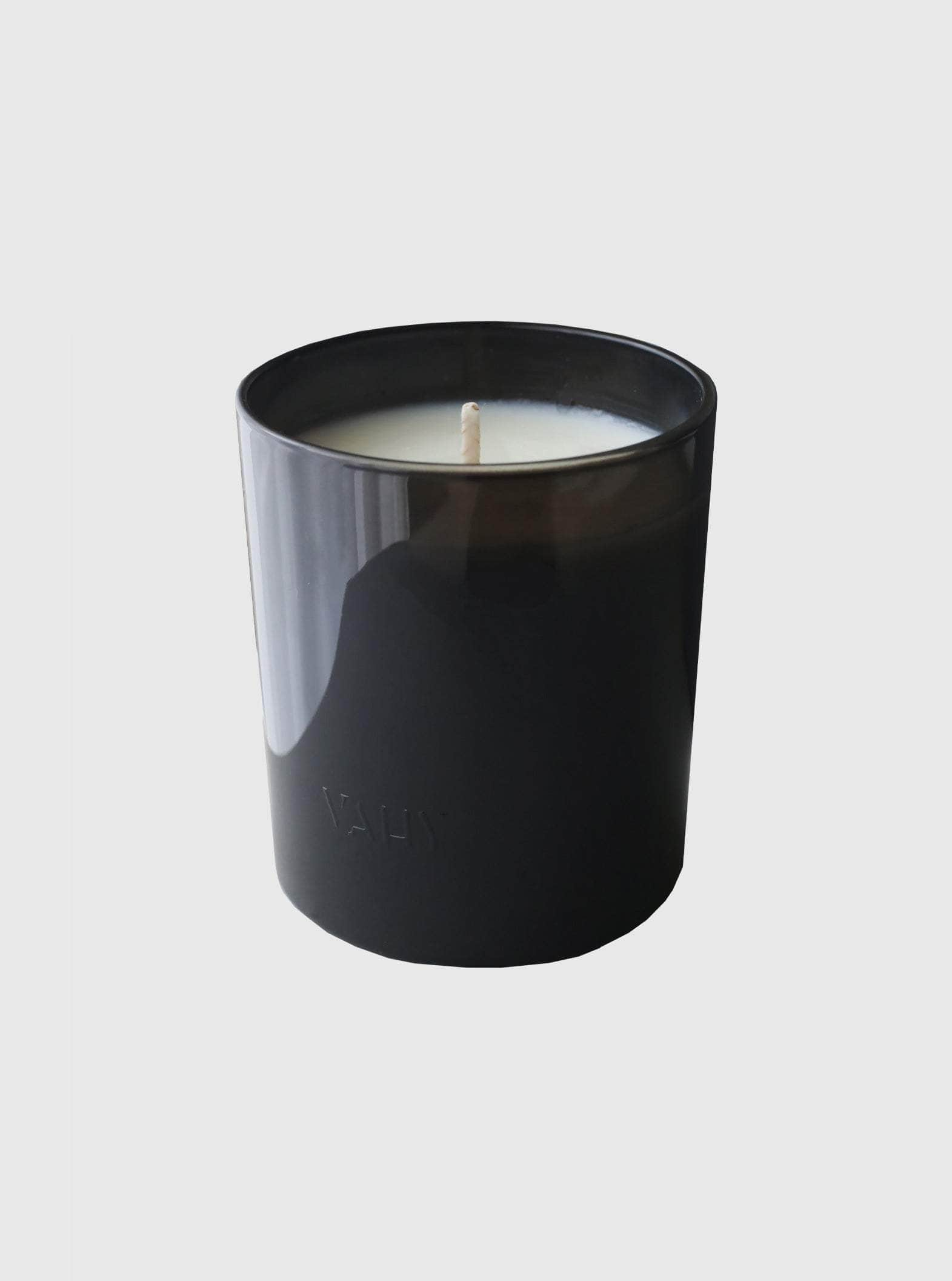
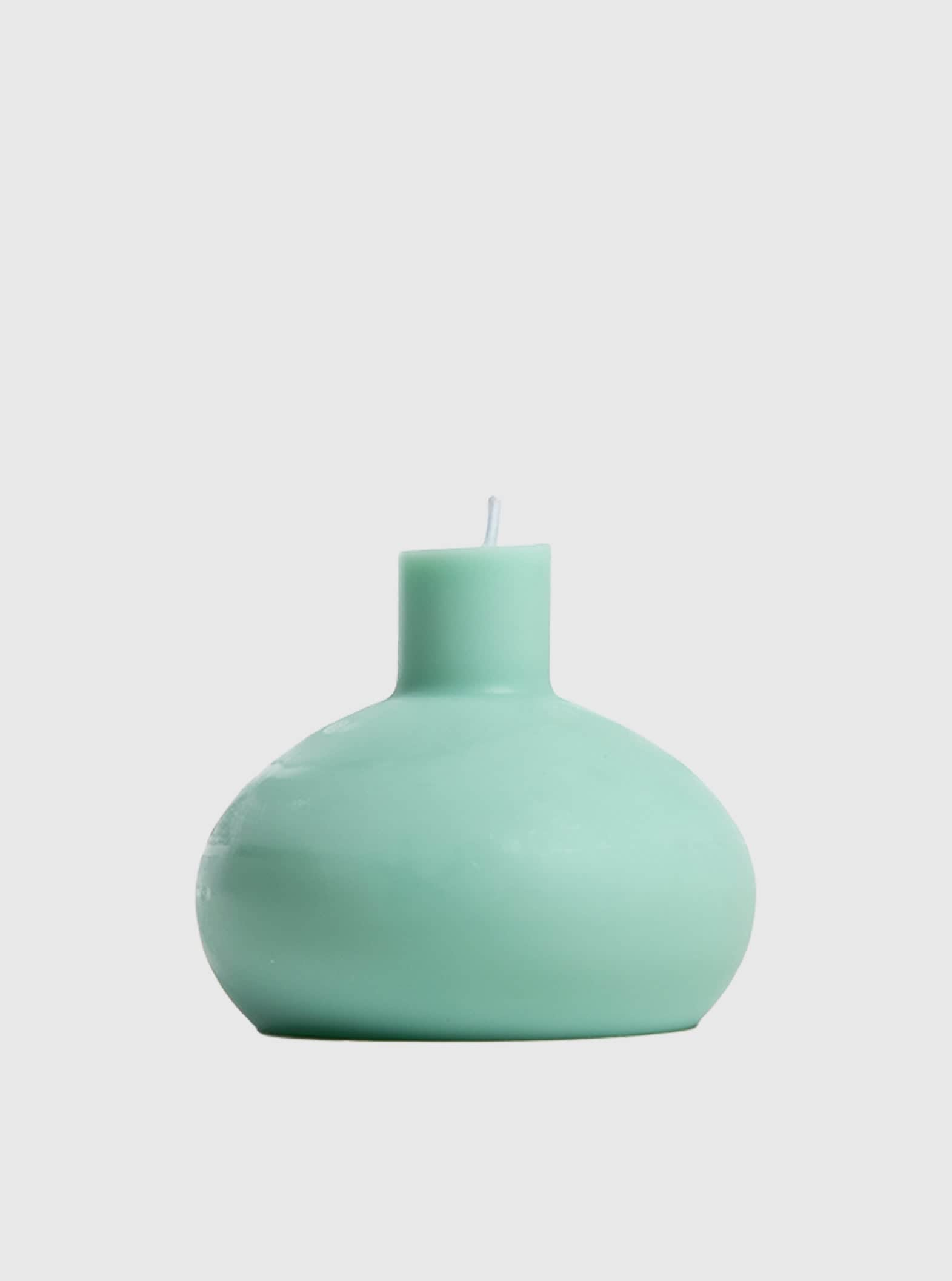
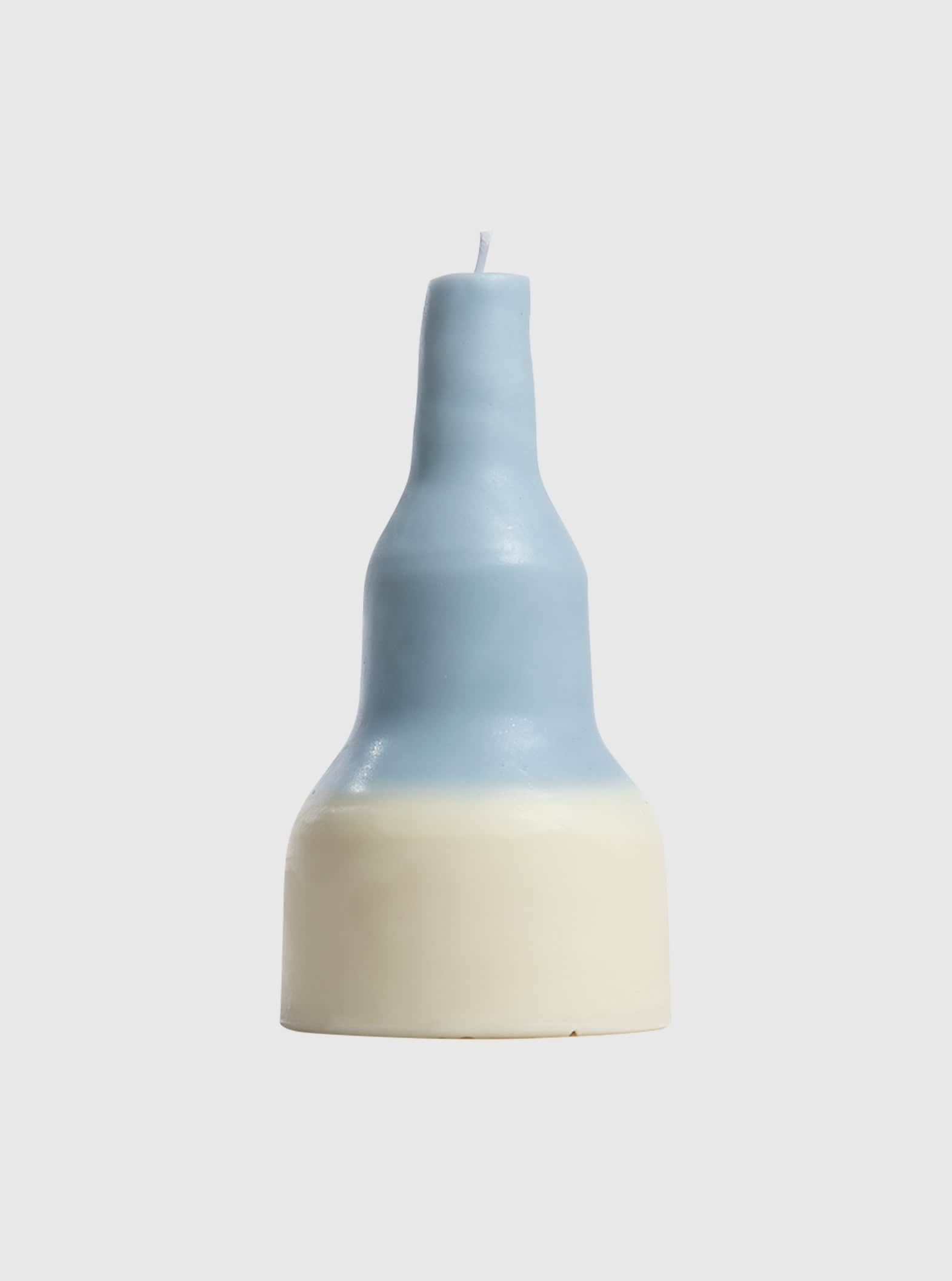
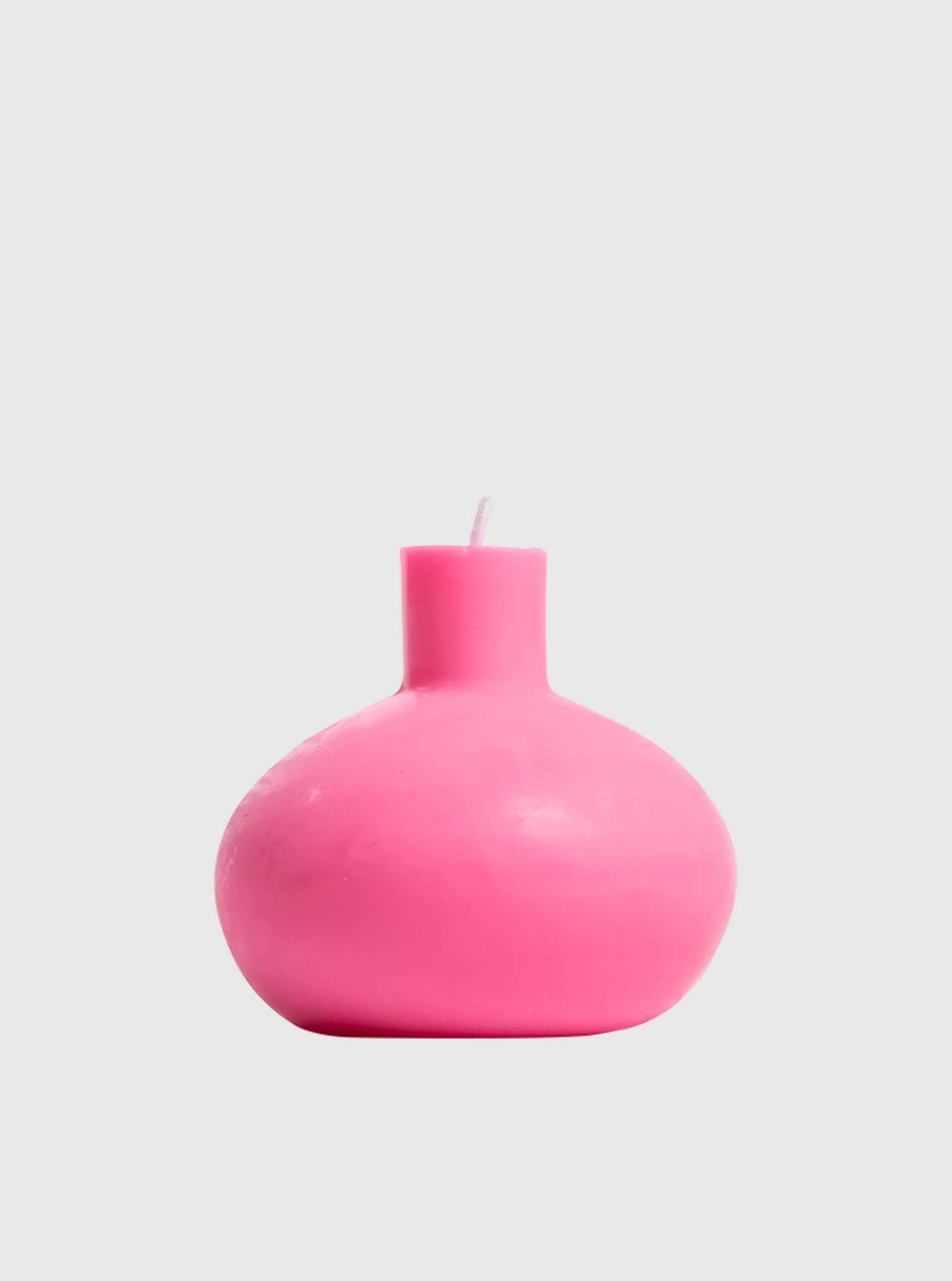
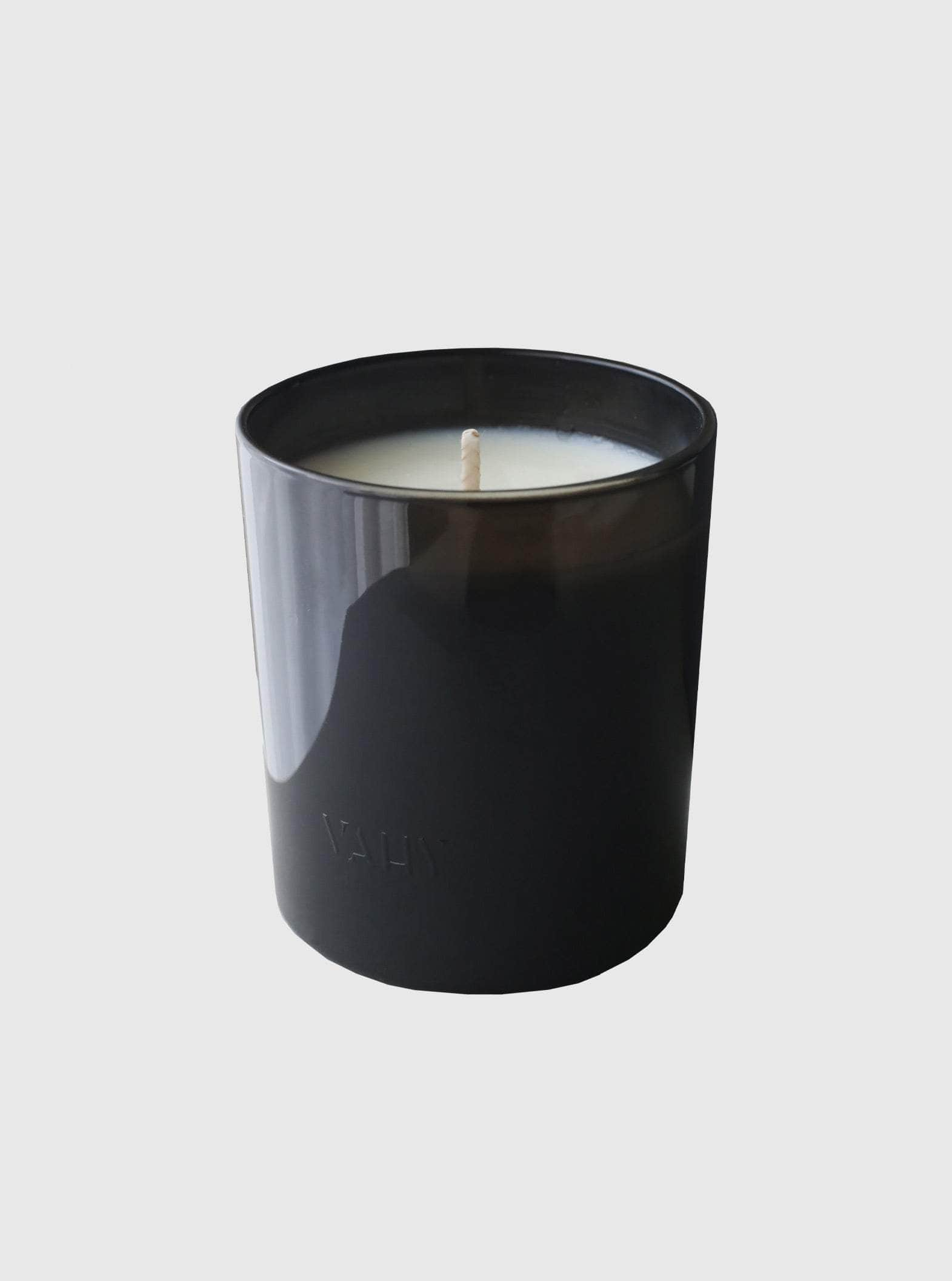
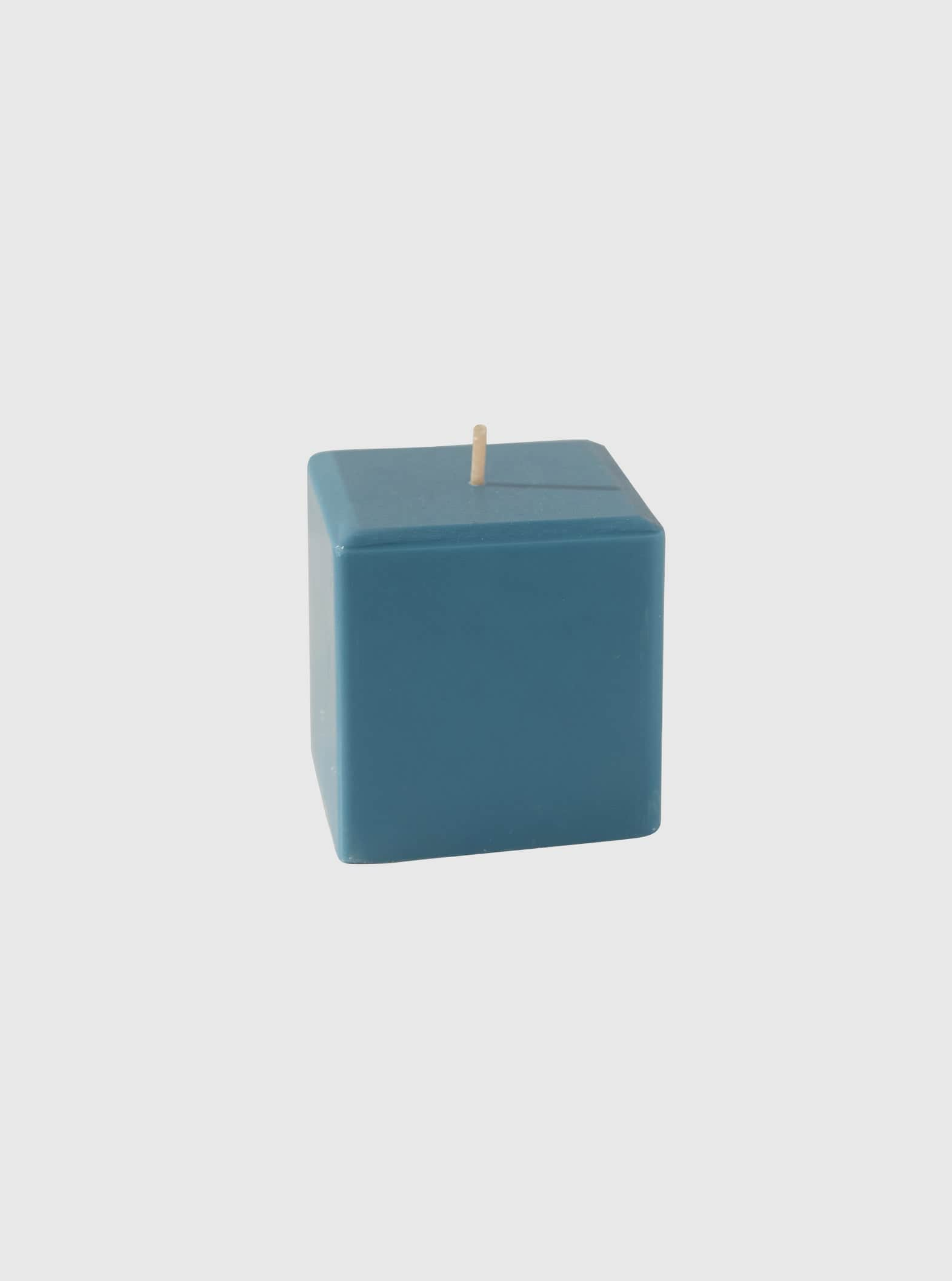
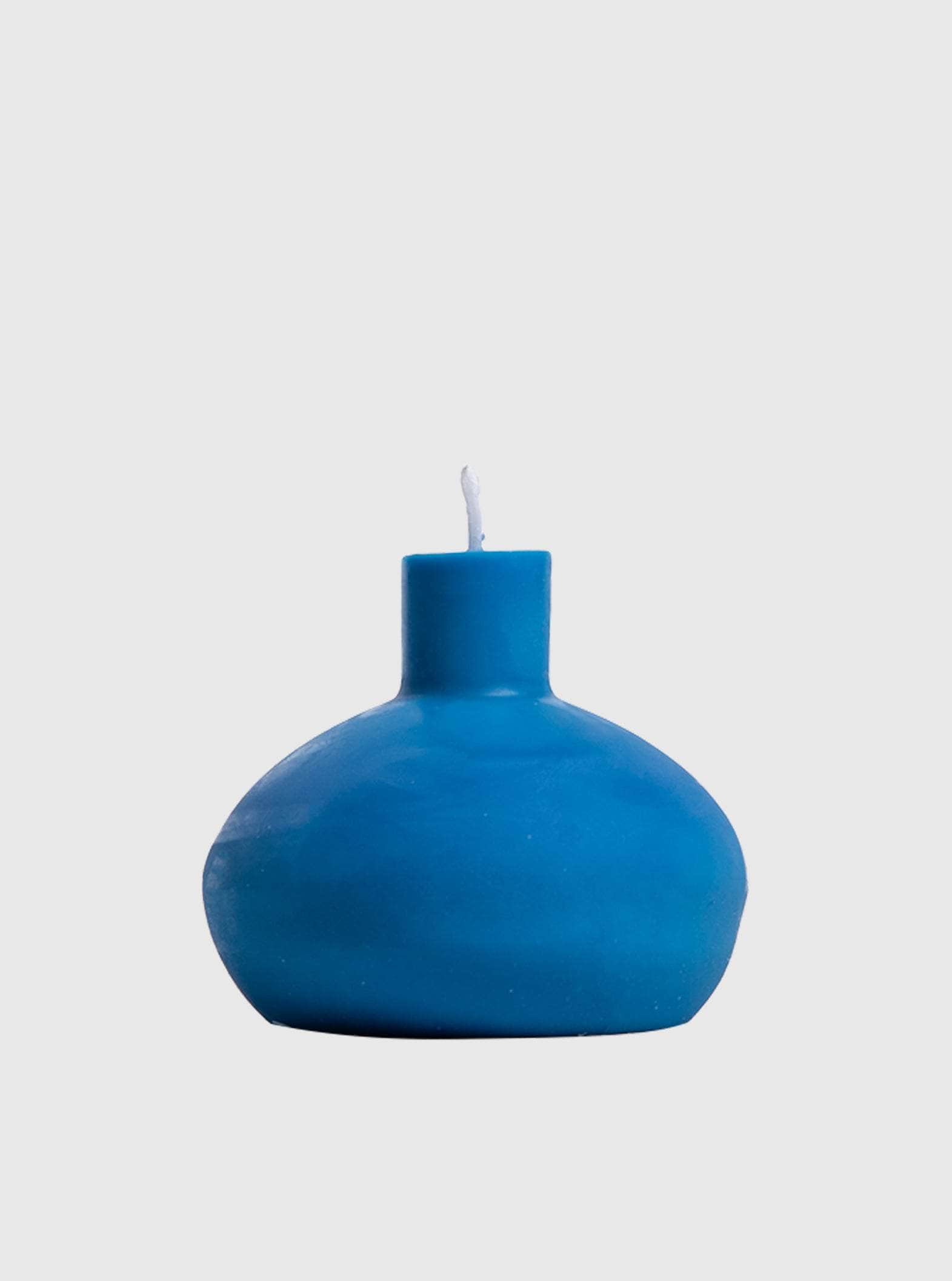
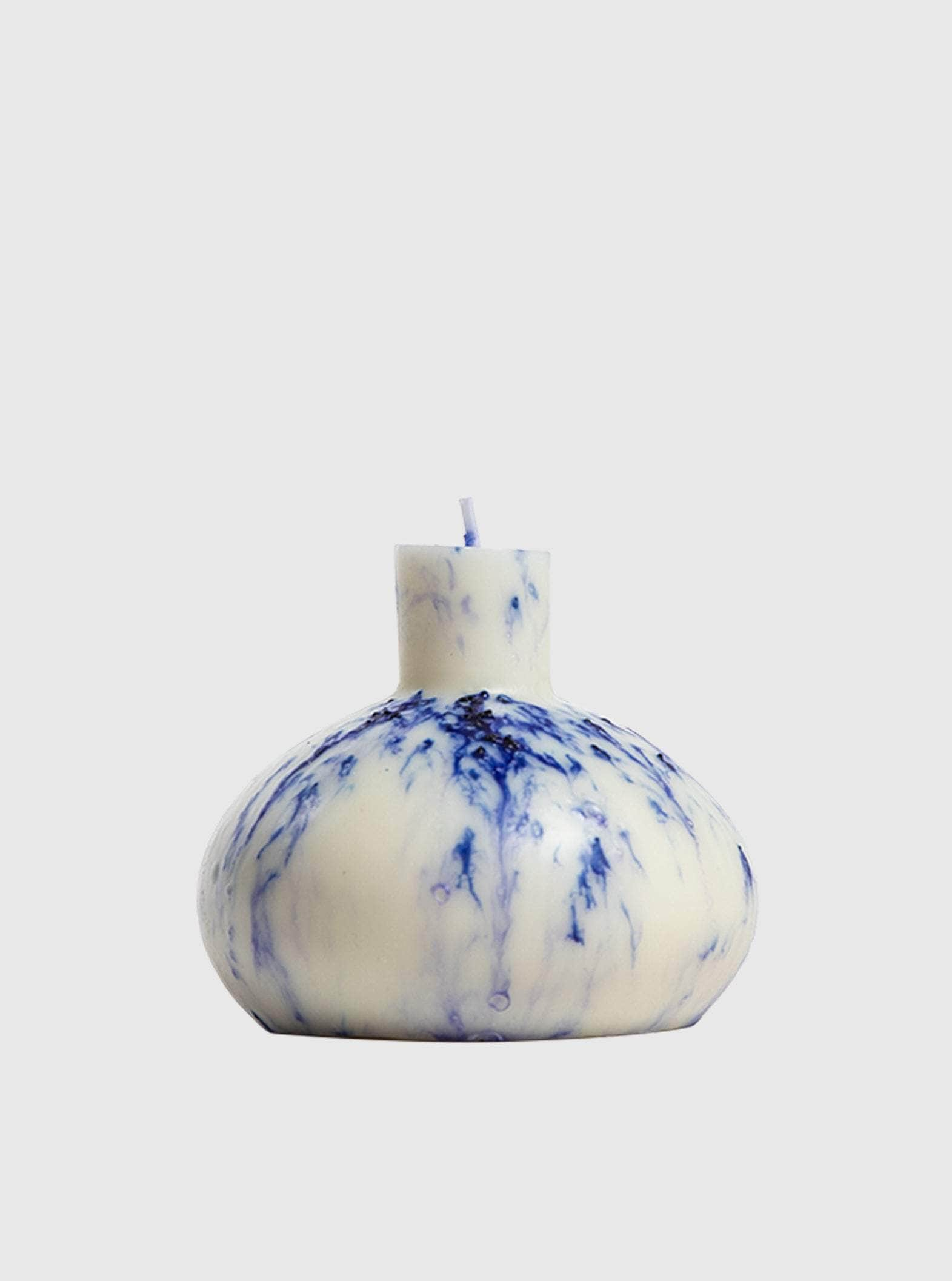

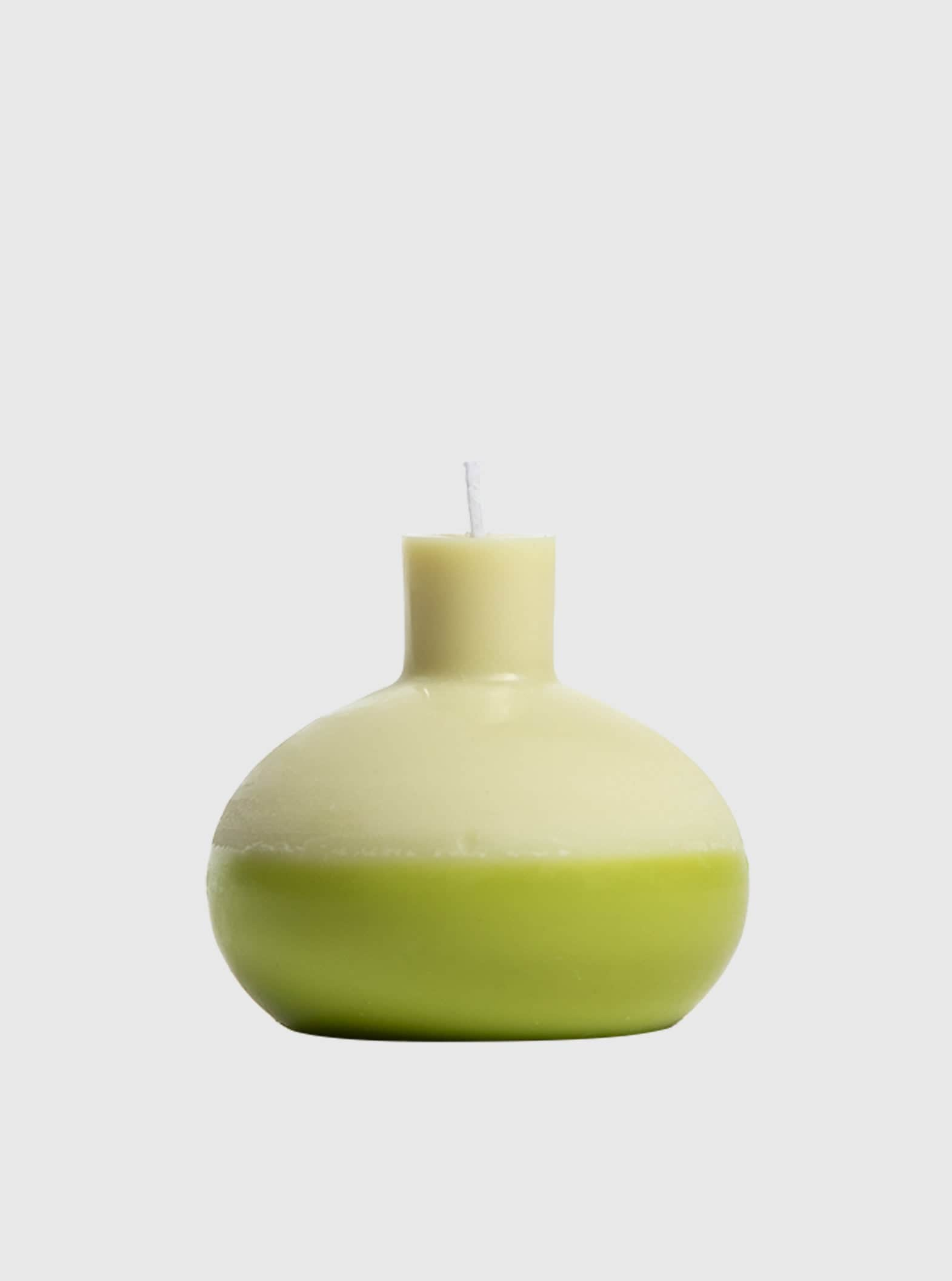

Ember Haze Candle
Vahy

Luna Candle
Vahy

Midnight Ruze Candle
Váhy

Neon Neroli Candle
Váhy

Tarkine Candle
Váhy
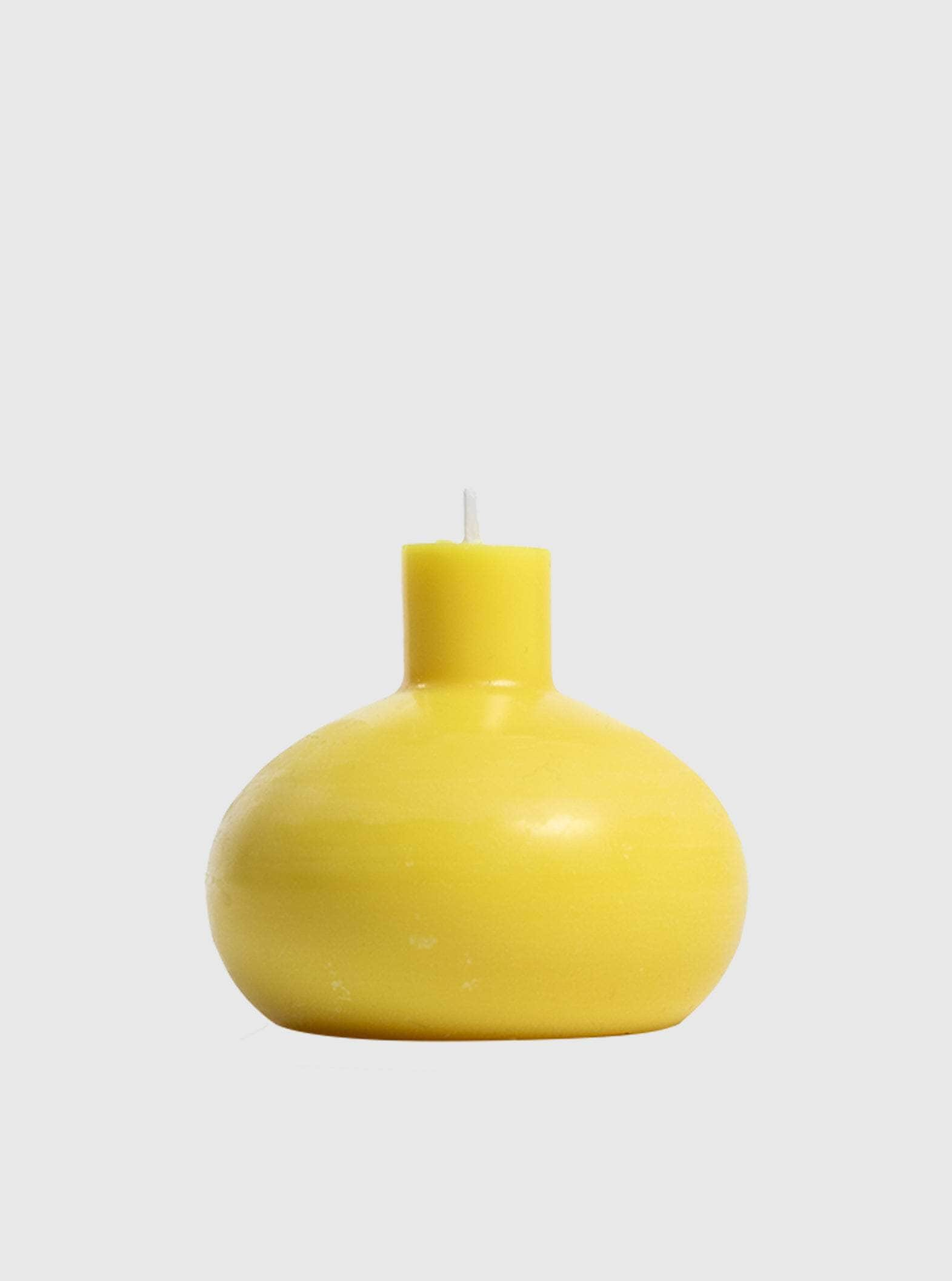
Cherry Bomb Candle
Blazed Wax

Cherry Bomb Candle
Blazed Wax

Dante Candle
Blazed Wax

Cherry Bomb Candle
Blazed Wax

Desert Nōmad Candle
Vahy

Colour Block Candle
Chorus

Cherry Bomb Candle
Blazed Wax

Cherry Bomb Candle
Blazed Wax

Classic Pillar Candle
Chorus

Cherry Bomb Candle
Blazed Wax

ABOUT US
CUSTOMER CARE
EDITORIAL & RIISE PRODUCTIONS
© 2024 RIISE, All Rights Reservedjoin riise's mailing list for 15% off your first order.Availability

























